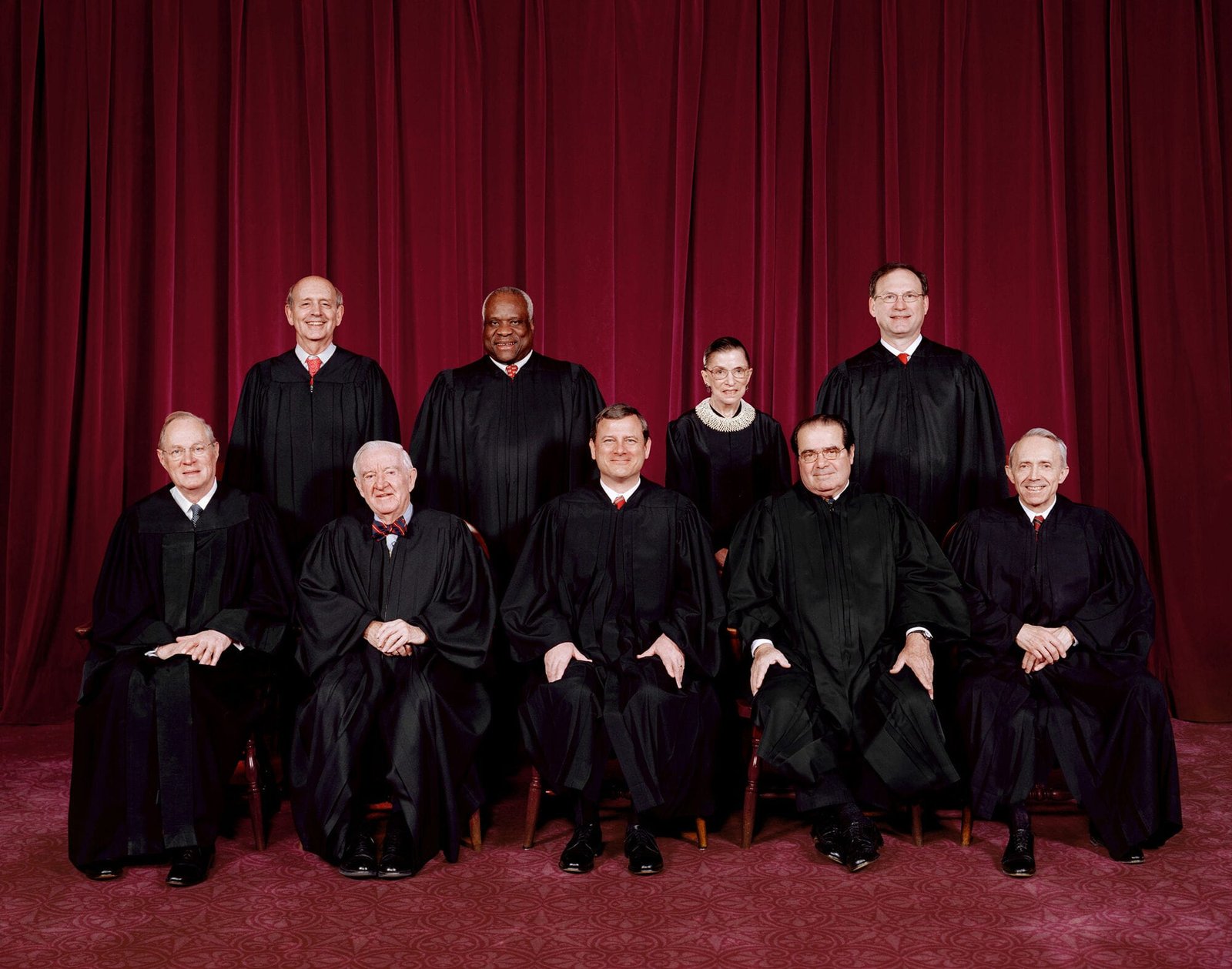The Second Amendment to the United States Constitution reads:
“A well regulated Militia, being necessary to the security of a free State, the right of the people to keep and bear Arms, shall not be infringed.”
While this single sentence has generated centuries of debate, recent Supreme Court jurisprudence has increasingly clarified both its original purpose and its enduring relevance in contemporary America. This analysis examines how the amendment’s primary function as a check against government tyranny remains viable today, especially in light of recent landmark Supreme Court decisions.
Born from Revolution
To understand the Second Amendment’s purpose requires understanding its revolutionary context. The Founding Fathers had just successfully waged war against what they viewed as British tyranny, relying heavily on citizen militias armed with privately owned weapons. This experience profoundly shaped their approach to government power and the means to restrain it.
James Madison, writing in Federalist No. 46, explicitly calculated that an armed citizenry would vastly outnumber any standing army the federal government might deploy, providing a crucial counterbalance should that government become oppressive. Thomas Jefferson famously endorsed periodic rebellion, writing that “the tree of liberty must be refreshed from time to time with the blood of patriots and tyrants.” George Mason, during Virginia’s ratification convention, warned starkly that “to disarm the people is the best and most effective way to enslave them.”
These were not peripheral concerns but central to the revolutionary generation’s political philosophy. The Second Amendment emerged not primarily from concerns about hunting, sport shooting, or even routine self-defense against criminals—though these were understood as natural rights—but from the foundational belief that ultimate political power must remain with the people, including the physical power to resist oppression.
Affirming the Second Amendment
For much of the 20th century, courts largely avoided definitive rulings on the Second Amendment’s core meaning. This changed dramatically with a series of landmark Supreme Court decisions beginning in 2008:
District of Columbia v. Heller (2008)
In this watershed 5-4 decision, the Court explicitly recognized that the Second Amendment protects an individual right to possess firearms independent of militia service. Justice Scalia’s majority opinion employed originalist methodology, examining founding-era texts and legal understanding to conclude that self-defense represented “the central component” of the right. Crucially, the Court struck down Washington D.C.’s handgun ban as unconstitutional, establishing that commonly owned firearms in homes receive constitutional protection.
McDonald v. Chicago (2010)
Building on Heller, this 5-4 decision incorporated the Second Amendment right against state and local governments through the Fourteenth Amendment’s Due Process Clause. Justice Alito’s majority opinion emphasized that the right to self-defense is “fundamental to our scheme of ordered liberty” and “deeply rooted in this Nation’s history and tradition,” effectively nationalizing Second Amendment protections.
New York State Rifle & Pistol Association v. Bruen (2022)
This 6-3 decision marked a significant expansion of Second Amendment protections, striking down New York’s restrictive “proper cause” requirement for concealed carry permits. Justice Thomas’s majority opinion established a new framework for evaluating gun regulations: the government must justify restrictions by demonstrating consistency with the “historical tradition” of firearm regulation in America. This test prioritizes founding-era understanding over modern policy preferences, reinforcing the amendment’s original anti-tyrannical purpose.
United States v. Rahimi (2024)
In this 8-1 decision, the Court upheld a federal law prohibiting gun possession by individuals subject to domestic violence restraining orders. Chief Justice Roberts, writing for the majority, clarified that the Second Amendment permits temporary disarmament of those judicially determined to present a “credible threat” to others. This ruling demonstrates that the right is not absolute, but importantly, it grounds permissible limitations in founding-era practices of disarming “dangerous” persons rather than in modern policy preferences.
Garland v. VanDerStok (2024)
This decision struck down an ATF regulatory rule that had classified unfinished firearm parts (such as frames and receivers) as complete firearms subject to federal regulation. The Court held that the rule exceeded statutory authority, effectively protecting citizens’ ability to acquire and assemble firearms without additional federal oversight. This ruling reinforces the practical dimension of the Second Amendment by limiting administrative encroachment on access to arms.
The Practical Viability of Armed Resistance
Critics often argue that the Second Amendment’s anti-tyranny purpose has become obsolete in an era of fighter jets, tanks, drones, and nuclear weapons. How could civilian firearms possibly check a modern military? This objection, while intuitive, overlooks several crucial factors that history and military analysis reveal.
First, asymmetric conflicts throughout history demonstrate that determined insurgencies armed with small arms can effectively resist conventionally superior forces. The American Revolution itself began with farmers and merchants opposing the world’s premier military power. More recently, the Vietnam War, Soviet-Afghan War, and America’s own lengthy struggles in Iraq and Afghanistan all exemplify how guerrilla forces with basic weaponry can exhaust and eventually defeat technologically superior opponents through attrition, denial of clear targets, and exploitation of political constraints.
Second, with approximately 400 million privately owned firearms in American civilian hands, any hypothetical tyrannical government would face an unprecedented scale of potential resistance. Military strategists recognize that controlling a hostile population requires boots on the ground—and the U.S. military, with approximately 1.3 million active-duty personnel, would be numerically overwhelmed by even a small percentage of armed citizens choosing to resist.
Third, this analysis assumes military cohesion in the face of orders to suppress fellow citizens—a dangerous assumption. Historical evidence suggests military fracturing is likely if ordered to take unconstitutional actions against the American people, with many service members refusing such orders. The presence of an armed citizenry amplifies this deterrent effect, making the prospect of tyrannical overreach increasingly costly and uncertain.
Balancing Rights and Regulations
The Court’s recent jurisprudence demonstrates a nuanced approach to the Second Amendment that preserves its core purpose while recognizing legitimate limitations. The Rahimi decision acknowledges that certain individuals may temporarily lose their right to bear arms when they present demonstrated threats to others—a principle consistent with founding-era practices. This maintains public safety without undermining the amendment’s fundamental purpose of checking government power.
Similarly, Bruen’s history-and-tradition test ensures the amendment isn’t frozen in 1791 technology while protecting its essential function. Modern arms like AR-15 rifles receive constitutional protection not because they existed at the founding, but because they are analogous to commonly owned firearms of that era in their relation to military weapons of their respective periods. This approach allows the amendment to evolve technologically while maintaining its original purpose.
VanDerStok further reinforces practical access to firearms by preventing administrative agencies from expanding regulation beyond clear legislative authority. This judicial check on bureaucratic creep preserves the citizen’s ability to acquire arms without undue government interference—a vital component of the amendment’s anti-tyrannical purpose.
The Enduring Relevance of Armed Liberty
The Second Amendment’s primary purpose—arming citizens as the ultimate check against government tyranny—remains both legally recognized and practically viable in modern America. Recent Supreme Court jurisprudence has consistently reaffirmed this individual right while providing a framework for understanding its scope and limitations grounded in the amendment’s original meaning.
The practical effectiveness of an armed citizenry against potential tyranny doesn’t depend on matching the military’s technological sophistication. Rather, it creates a deterrent effect that makes tyrannical actions prohibitively costly, potentially undermines military cohesion in unconstitutional scenarios, and ensures that any attempt to impose authoritarian rule would face sustained, widespread resistance rather than a helpless population.
The Founding Fathers recognized that liberty ultimately requires the physical means to defend it. Through two centuries of technological and social change, this fundamental insight remains valid—and America’s highest court continues to uphold it as a cornerstone of constitutional governance.









